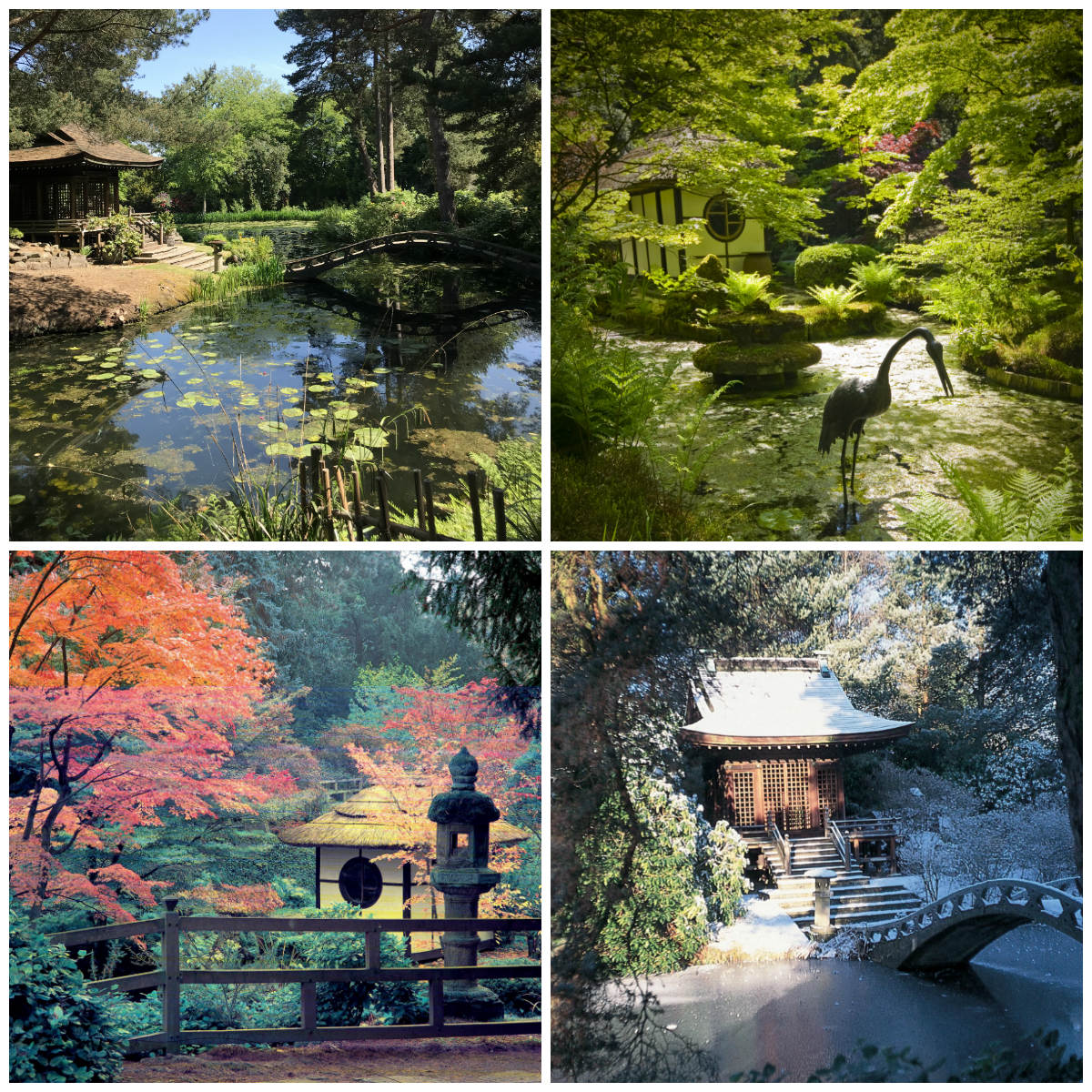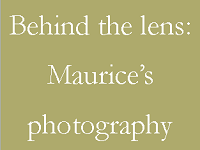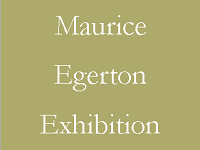Japanese Garden: the legacy of Alan de Tatton
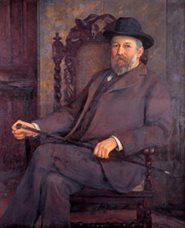
Inspired by what he saw at the Japanese-British Exhibition in London, 1910, Alan de Tatton Egerton, 3rd Baron Egerton of Tatton (1845-1920), decided to introduce his own Japanese garden at Tatton. What was created over 100 years ago remains to this day one of the finest examples of a Japanese garden in Europe.
Probably the largest and most significant contribution made to Tatton during Alan's 10-year ownership of Tatton, was to the Gardens generally. His wife, Lady Anna Egerton, introduced a Rose Garden. It was her own private space and remains one of the prettiest and most intimate corners of our Gardens today.
Japan became more accessible to the West in the second half of the nineteenth century, and with it came a growing interest in Japanese culture. In 1910, Alan de Tatton visited the Japan-British Exhibition in London which showcased Japanese culture, including gardens. In the months that followed, Alan enlisted a team of gardeners from Japan to help design and build a garden with authenticity and a true Japanese aesthetic.
Design of the garden

Natural balance
The garden was built on series of islands to recreate the Japanese landscape, with each section portraying mythical or factual scenes. All elements used in the garden - plants, stones, structures and ornaments - are carefully planned to produce a natural balance.
The importance of water
Water is important to a Japanese garden, and tradition dictates that all water should be visible. It also provides a sense of calm and reflection pools. Tatton's Japanese garden was designed with four streams originating from the same spring, providing the garden with a uniting link.
Elements of our Japanese Garden: what do they mean?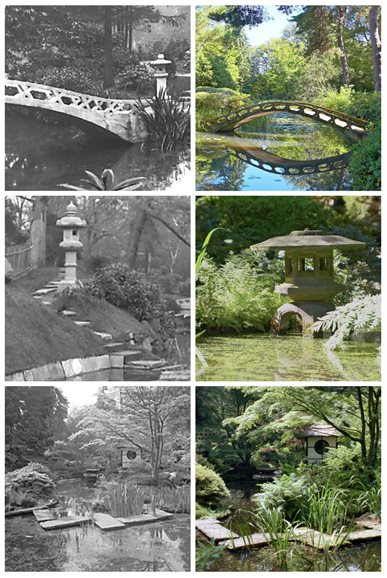
All elements of a Japanese Garden have specific meaning. We've highlighted a few below, all of which were incorporated into the original design back in 1910. They have been carefully maintained and restored by Tatton Park's Gardeners over the years, and still survive for us to enjoy today. The descriptions are taken from Josiah Conder's book 'Landscape Gardening in Japan', written in 1893. After buying a copy at the Japan-British Exhibition, this was undoubtedly a source of influence for Alan de Tatton's garden design.
Bridges
"Arched stone bridges are of Chinese origin and suggest the full moon, the semi-circular arch combined with its reflection in the stream below making a complete circle. Wooden bridges are of various designs." Our 'Almond Eye' bridge is designed to create perfect reflections.
Lanterns
"Lanterns are used singly. The primary intention is to form architectural ornaments contrasting with the natural features. The usual positions are the base of a hill, on an island, on banks of a lake, near a well or at the side of a water basin."
Lake and river stones
"Numerous stones are used in lakes, streams and cascades. The Flying Goose Stone is associated with the zig-zag flight pattern of wild geese." In Alan's garden at Tatton, the Flying Goose stones have to be crossed to approach the tea house.
Why is Tatton's Japanese Garden so special?
There are two main reasons why our Japanese Garden is deemed to be so significant by the garden community around the world and in Japan:
Its creation was a genuine attempt to echo the look and feel of a garden in Japan. Most Japanese gardens created at a similar time in this country - by equally aristocratic and ambitious families such as those at Gunnersby Park, Charleton House and Saumarez Park - were very limited, with a typically western interpretation of a Japanese garden. Alan captured a true Japanese aesthetic, in part thanks to his employment of garden designers from Japan.
-
100 years on, it still survives today
World War II led to the demise of many specialist and expensive gardens, due to estate staff being redeployed in the war effort. Most Japanese gardens in Britain slowly disappeared. Even Tatton's garden lost some of its temporary features during this time, such as the thatched waiting pavilion. Thankfully, over the years the basic structures and original planting design were maintained.
Significant restoration plans started in 1997, and thanks to a Japanese Expo Fund, financial support from the National Trust and Cheshire County Council, work began in 2000 under the guidance of Professor Masao Fukuhara of Osaka University.
Alan de Tatton's Legacy
Tatton Park's Japanese Garden is a visual spectacle in all seasons. Our mission is to ensure it is still here for visitors to enjoy in another 100 years' time. 